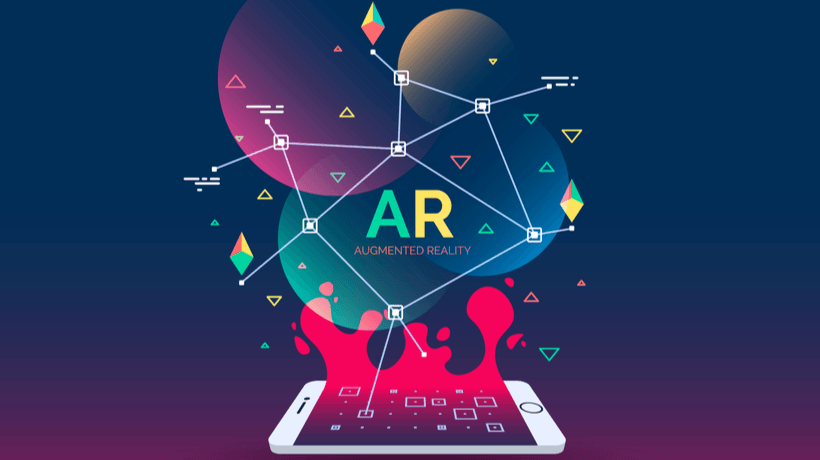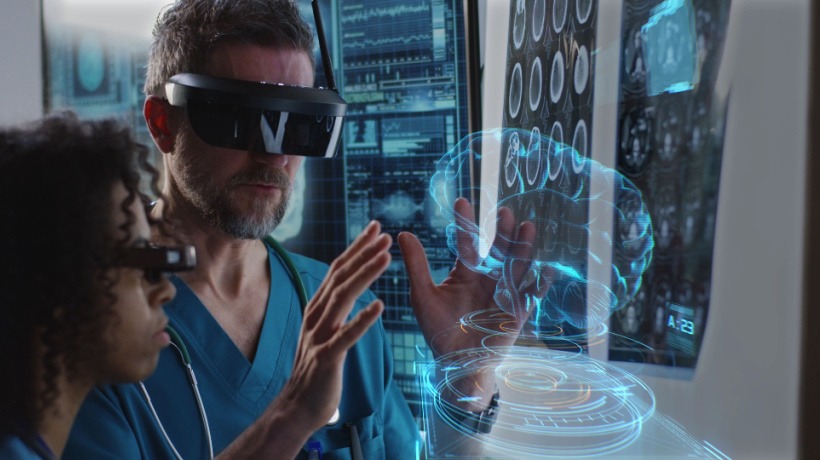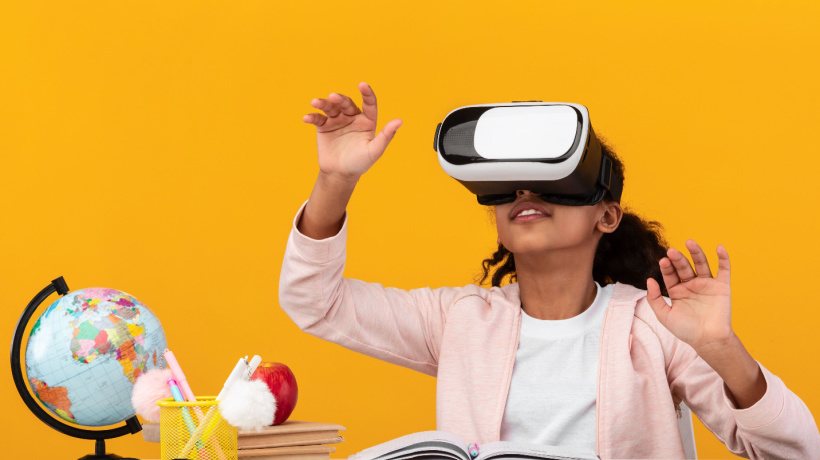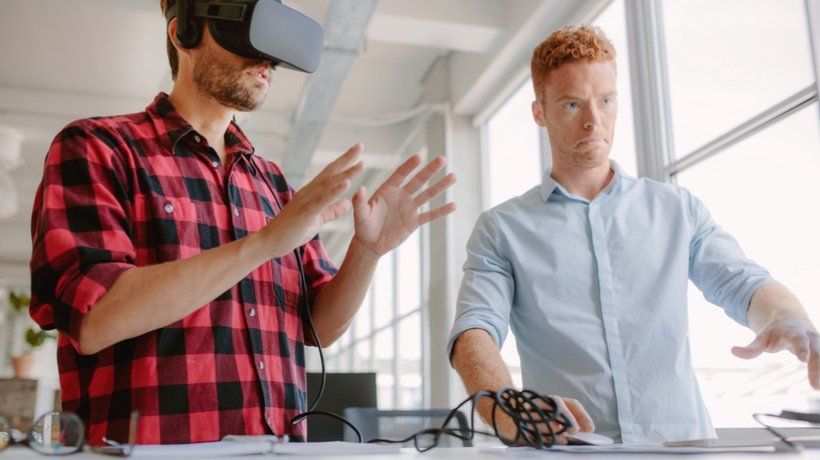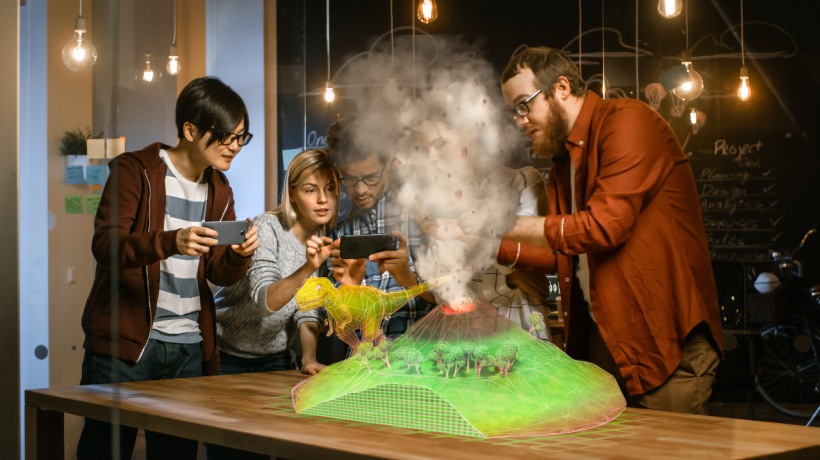Let's Explore How AR Is Changing eLearning
Amidst the rise of the global pandemic [1], the educational sector has been massively impacted. Not only have educational institutions been temporarily closed and shut down for a long period, there was much uncertainty looming surrounding the course of action to be taken. As a result of the pandemic, education has changed dramatically, with a distinctive and natural rise in eLearning. Undoubtedly, the internet and eLearning resources saved the day during the pandemic along with the eLearning smart thinking apps that came to the rescue.
Research has suggested that the adoption and implementation of eLearning during the pandemic has proved successful and has shown a positive increase in information retention. If the changes in eLearning are confidently identifying the positivity of information retention, the changes COVID-19 has forcefully made may just be here to stay.
Prior to the pandemic, there were already high levels of growth and adoption of technology and eLearning resources in the education sector. For this reason, the future of post-COVID eLearning will certainly not only include resources that are already in play but will also include the adoption of more sophisticated pieces of technology to help advance the sector further and provide a better, more enriched level of learning. So what does this mean for the future of learning?
The Future Of eLearning
The future of eLearning has received ambivalent perspectives across the world. Some believe that the rapid push and unplanned move into the space with little preparation, insufficient levels of supportive technology, such as internet bandwidth, and no real training will result in poor education levels, poor user experiences, and lower levels of personal and institutional sustained growth.
However, the notion of eLearning has been well received by others who believe the new hybrid model of education between technology and personal development will, over the years, emerge with significant benefits. The integration of information technology will help to further accelerate education and take it to places that it has never been before. Doing so will make it accessible to all and make it an integral component of the education sector as a whole.
Currently, there is a range of technologies available that can alter and help revolutionize education. Many have seen the positive effects of technologies such as Virtual Reality (VR) and Artificial Intelligence (AI) [2].
However, one of the biggest technological advances that has great prospects in radically changing the sector is Augmented Reality (AR). In an effort to improve and protect the education system, making it resilient to future changes, like another pandemic, AR technology shows promising signs.
How AR Is Set To Revolutionize eLearning
Before we can understand how effective AR can be in the education sector, it is important to understand what AR is and how it works. AR technology is already being implemented in a range of everyday items such as smartphones and is a technology that creates interactive virtual experiences in a real-world environment.
Objects that reside in the real world are enhanced by computer-generated superimposed digital content and information. Over the years AR has become increasingly popular with big tech organizations.
AR can help to revolutionize online learning in three significant ways. This first by helping to create an inclusive and immersive atmosphere that will help the learner feel immersed and which will also help them retain information. The second its ability to help a range of information and knowledge to be shared in a creative way that is dynamic and engaging. Thirdly, it helps to create a sense of physical engagement in a period of self-isolation. Here's a look at some of the implementations of AR in eLearning.
Practical Training For Medicine
Imitation in medical training has always been a prime focus, and AR can help provide medical students an incredible way of training by helping to develop various medical skills including surgical skills through training [3] and observation. AR glasses could be a great way to help eLearning in this way.
Big tech giants like Apple are working on smart AR glasses that will help to provide an overlay of virtual information in a real-world setting. Tech, such as AR smart glasses, is promising, as statistics have shown that by 2025 the eyewear market, including smart glasses, will be worth an astonishing 210.8 billion US dollars. The level of training smart glasses can bring means the future of eLearning may go beyond tablets and smartphones.
Working In Engineering
AR training [4] simulators can help students identify complex structures and parts, offering a deeper more contextual understanding of how mechanics work. AR simulations can be used for learning prototypes, reducing costs across the industry in building physical prototypes, and offering untapped training opportunities to create a safer working and learning environment.
AR will, across a wide range of industries, aid them in working more safely through procedures and give learners the chance to perform actions similar to those they would do after studying or learning.
Teaching With AR
AR eLearning will help teachers and tutors explain abstract concepts and random entities with the help of 3D objects in real work with AR overlays of information. With the help of AR, teachers can attach AR learning experiences to real-world objects that come to life when viewed through smartphones. Students will then be able to learn about the object by hovering over it.
The natural curiosity of children means that this is a great way to incorporate eLearning into today's work without having to be in a classroom setting. Children can carry out these tasks at home using an AR app, which will give them an enriched education with needing to be in school.
The future of eLearning is undoubtedly in the hands of AR. The opportunities and possibilities it can offer the education sector make it not only versatile but sought after. Many industries have and will be altered by AR and of course, future technologies to come. Industries have found a way of adapting and progressing far beyond their own realms with homage to technologies such as AR.
For this reason, AR in education will not only revolutionize the industry, but will captivate it taking it far beyond the classroom and schools, colleges, and universities.
References:
[1] COVID-19 Pandemic: Challenges And Opportunities For The eLearning Industry
[2] Will There Be a Boom In Augmented And VR Use Post-COVID?
[3] 5 Best Practices To Create An AR Training Program In Your Organization
[4] The Augmented Future Of eLearning: Augmented Reality In eLearning
